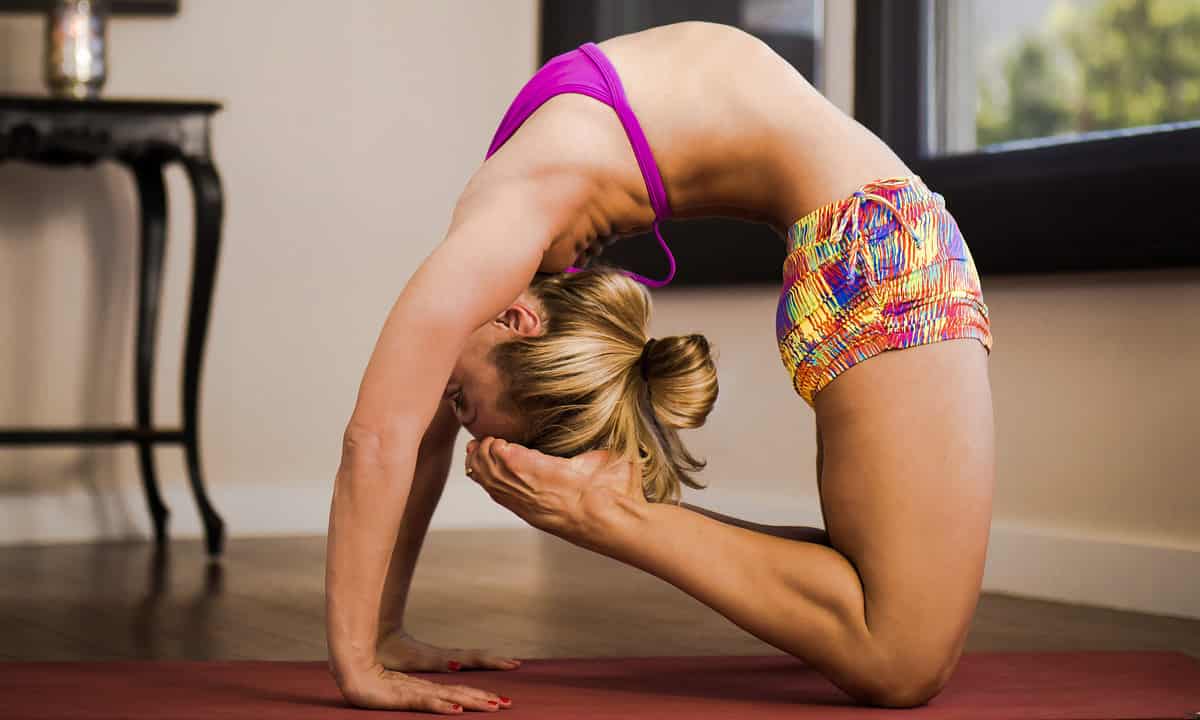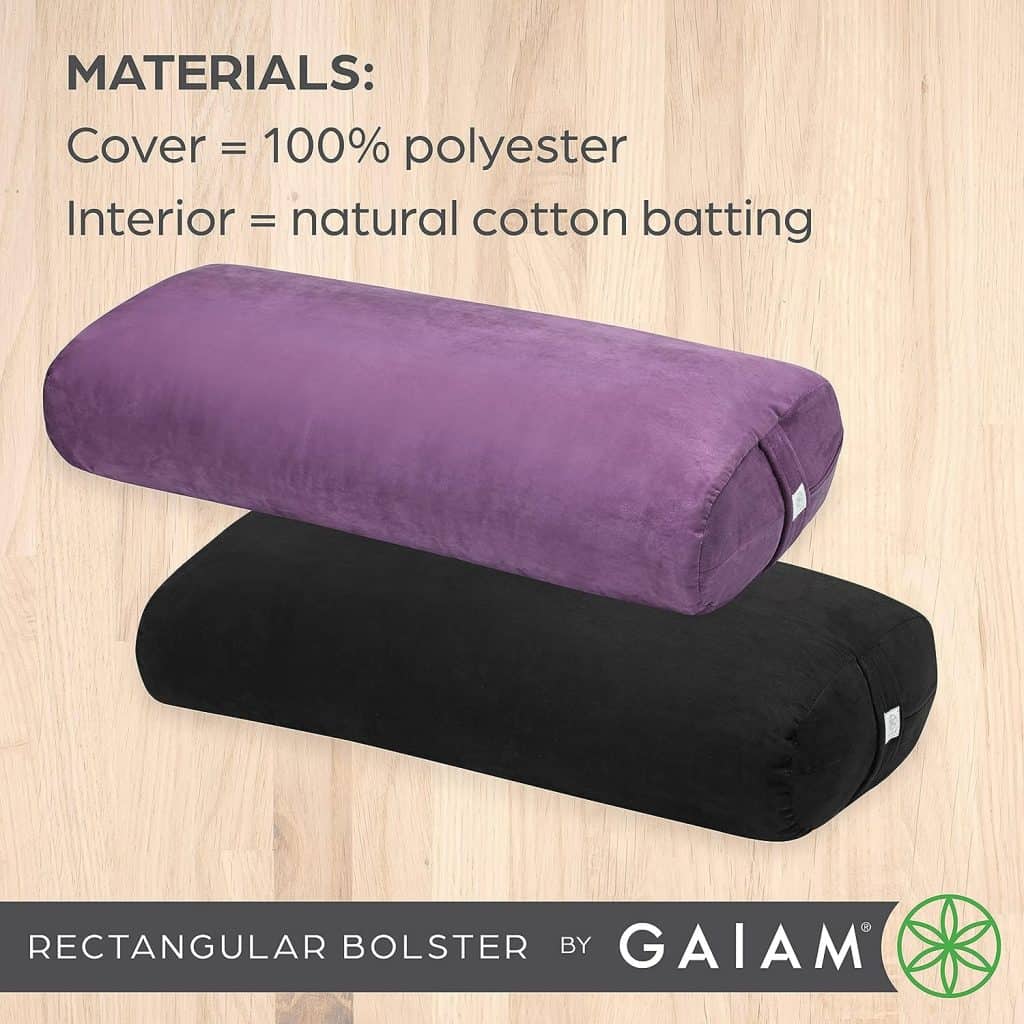Yoga, an ancient practice that unites mind, body, and spirit, has gained immense popularity in recent years. It offers a multitude of physical and mental benefits, from increased flexibility and strength to stress reduction and improved focus. However, for individuals dealing with back issues, caution is crucial when practicing yoga. Certain poses, while beneficial for many, can potentially exacerbate back problems and lead to discomfort or injury.
In this article, we will guide you through the yoga poses to avoid if you are struggling with back issues, so you can practice safely and confidently.
Yoga and Back Issues:
Understanding the Challenge
Back issues can vary widely, from minor muscle strain to more severe conditions like herniated discs or sciatica. Regardless of the severity, individuals with back issues must approach yoga with mindfulness and awareness. Yoga’s emphasis on stretching and flexibility can be both a boon and a potential bane for those with compromised backs.
The Importance of Consulting a Professional
Before diving into the yoga mat, individuals with back issues must consult with a qualified healthcare provider or a certified yoga instructor. They can provide personalized guidance and suggest appropriate modifications to ensure a safe and effective yoga practice.
Yoga Poses to Avoid:
1. Deep Backbends
Deep backbends like Wheel Pose (Urdhva Dhanurasana) and Camel Pose (Ustrasana) can put immense pressure on the spine. Individuals with back issues should steer clear of these poses as they may worsen existing conditions and lead to unnecessary strain.
2. Full Forward Bends
Full forward bends like Seated Forward Bend (Paschimottanasana) and Standing Forward Bend (Uttanasana) can strain the lower back. Those with back issues should perform these poses with caution, bending from the hips rather than rounding the spine excessively.
3. High-Intensity Twists
Twisting poses can be challenging for individuals with back problems, especially when performed with excessive force. Poses like Revolved Triangle (Parivrtta Trikonasana) and Revolved Chair (Parivrtta Utkatasana) should be approached carefully and perhaps avoided altogether.
4. Full Plow Pose
The Plow Pose (Halasana), while beneficial for flexibility, can place significant stress on the neck and spine, making it unsuitable for those with back issues.
5. Advanced Poses
Advanced poses like Handstands (Adho Mukha Vrksasana) and Headstands (Sirsasana) demand a high level of core and back strength. Individuals with back issues are best advised to avoid these until they have built sufficient stability and support.
Yoga Poses that Can Help:
While some yoga poses are best avoided, there are plenty of gentle and supportive poses that can provide relief and promote back health. Here are a few yoga poses that individuals with back issues can consider incorporating into their practice:
- Child’s Pose (Balasana): This resting pose gently stretches the lower back and can provide relief after more challenging poses.
- Cat-Cow Pose (Marjaryasana/Bitilasana): This gentle flow between arching and rounding the back helps improve flexibility and alleviate tension.
- Bridge Pose (Setu Bandha Sarvangasana): This backbend can strengthen the lower back and hamstrings while opening the chest and shoulders.
- Cobra Pose (Bhujangasana): A gentle backbend that stretches the spine and strengthens the back muscles.
Remember to approach these poses mindfully, focusing on proper alignment and breathing deeply throughout the practice.
FAQs – Yoga for People with Back Issues
Q1: Can yoga worsen my back issues?
A: While yoga can be highly beneficial, certain poses can exacerbate existing back problems. It’s essential to avoid deep backbends, high-intensity twists, and other poses that strain the back.
Q2: Is it safe to do yoga without consulting a professional if I have back issues?
A: It’s always recommended to consult a qualified healthcare provider or certified yoga instructor before starting a yoga practice, especially if you have back issues. They can offer personalized guidance and modifications.
Q3: How can I modify poses to accommodate my back issues?
A: Modifying poses with props like blocks and straps can provide extra support and help you avoid excessive strain on the back. Working with an experienced yoga teacher can be beneficial in learning these modifications.
Q4: Can yoga help in relieving back pain?
A: Yes, when done safely and with proper guidance, yoga can help improve flexibility, strength, and posture, which may alleviate back pain in some individuals.
Conclusion on Yoga for Back Issues
Embracing yoga with back issues requires mindfulness, a keen understanding of one’s limitations, and expert guidance. Avoiding poses that can strain the back and focusing on gentle, supportive postures can promote back health and overall well-being.
Remember to listen to your body, never force any pose, and consult a professional before embarking on your yoga journey. With the right approach, yoga can be a powerful tool to enhance your physical and mental wellness.
Fun Fact:
Did you know that yoga is over 5,000 years old? It has been practiced and refined for millennia, making it one of the most enduring and transformative practices in the world.
Yogalian hopes this article has provided valuable insights into practicing yoga with back issues. Remember to prioritize your safety and well-being as you embark on your yoga adventure. Happy and safe practicing!
Originally posted 2023-07-21 16:09:20.






